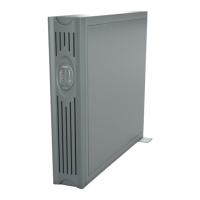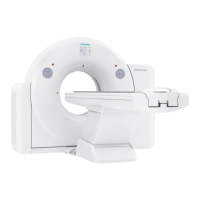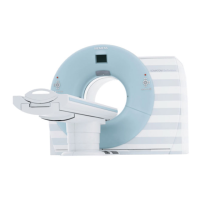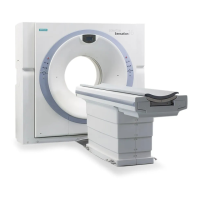6 T e chnical Description
[ 1 ] I N S T R U C T I O N S F O R U S E 6 - 2 1
Image Display
Video Standards: EIA/NTSC and CCIR/PAL
Monitor: Color 38 cm (15"), non-interlaced, MultiSync (SVGA)
Gray Scale: 256 levels
Color: Up to 16.7 million colors
Image polarity: Positive (black on white) or negative (white on black)
Date/Time display: System displays current date and time above the imaging
area. Clock freezes in frozen image.
Daylight saving time changes available in system presets.
Image field size:
(by frequency)
3.5 MHz = 20 to 240 mm
5.0 MHz = 20 to 240 mm
7.5 MHz = 20 to 140 mm
10.0 MHz = 20 to 240 mm
12.0 MHz = 20 to 240 mm
The depth is selectable in increments of 10 mm. Minimum
and maximum depth values for each frequency are
transducer dependent.
Image Orientation: Left-to-right or right-to-left orientation for 2D, Split (B+B),
Dual, and 4B modes; 2D image in mixed 2D/M-mode and
Doppler. Active image indicator designates direction of
scan. 90-degree rotation for 2D, Split (B+B), Dual, and 4B
modes; 2D image in 2D/D-mode and 2D/M-mode.
Image Position: Image can be offset vertically and horizontally
Other Imaging
Parameters:
Transmit power displayed in decibels (dB) or
percentage (%)
Overall System Receiver Gain combined with DGC Gain
totals 60 dB
Independent Receiver Gain for 2D/M-mode, Color, Power,
and Doppler
Depth Gain Compensation (DGC) – Eight DGC slide
controls for DGC Gain
Pre-processing – Edge Enhancement in four steps; Image
Persistence in six steps; Dynamic Range 35 to 70 dB in
1-dB steps.
Post-processing – Variable grayscale compression maps:
L, B, G, C, S, D, A, E,
Focusing – 1, 2, and 4 transmit focal zones for all
electronic array transducers; number and position of focal
zones are user-selectable

